These fun mindfulness activities for adults to try will become life-changing to you. The final output suffers when you are preoccupied and oblivious to what you are doing. Your focus has an impact on your craft; meditation is not merely a mental state.
If improved well-being isn’t sufficient incentive for you, researchers have found that mindfulness practices boost compassion, ego, perspective, forbearance, adaptability, attention, and clarity of thought.
Most likely, you already know all of this. However, there is also a dread that I’ll advise you to turn to meditation. Many people ask me for further tips on how to practice greater mindfulness.
Many people have attempted meditation previously, but after a few unsuccessful tries, they give up. Others believe that they should avoid meditation. If that applies to you, no worries. A brief explanation of how insight and meditation differ. Even though these two terms appear to be the same, they are not the same.
See also: 12 Best Mindfulness Activities For Students
The ability to be conscious and awake in the present situation, without making judgments or disapproval, and focusing your thoughts on it rather than letting it stray, is known as mindfulness. Strengthening your thoughts for everyday mindfulness through meditation. As you get to know yourself better, you learn how to fortify your thinking.
Mindfulness meditation is a method to cultivate mindfulness, which is a state of mind. For further information, see this article I produced that serves as a beginner’s guide to meditation. Or begin using these 21 mindfulness techniques. Try them out and observe what it takes.
1. See your film
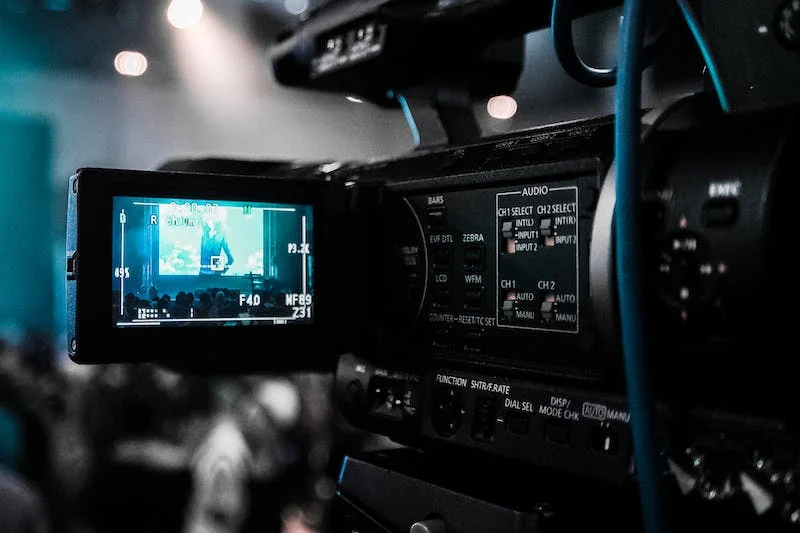
Think about having to explain all that is unfolding to someone else while you are watching a movie. To ensure that the other individual can comprehend what is taking place you must pay close attention and speak clearly. That is the main goal of this exercise. The only difference is that you are telling the story to yourself, not to an audience, and the movie is your life.
As soon as you are prepared, begin by concentrating on what you are doing and outlining everything that is occurring. Be precise, specific, and detail-oriented. You’re attempting to become more conscious of how you’re acting. We live most of the time in automatic mode. You’ll become more conscious of your actions as a result of this practice.
2. Pay attention to others
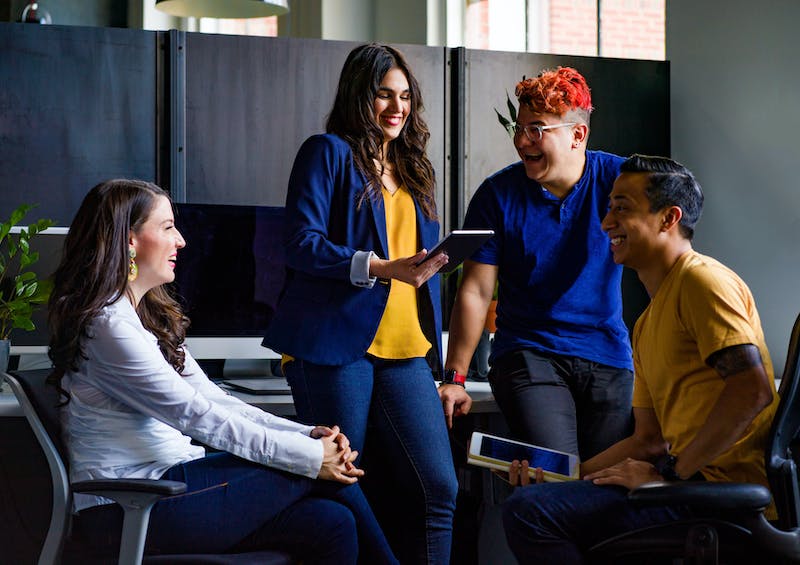
Even while we frequently observe reality, we rarely pay attention. Before this practice, improving your observational skills can help you focus more. You can do this in your workplace or a public area like a park or a mode of transportation. Pay attention to one individual and see what they are doing. Look at the person’s look, mannerisms, and attire.
Revisit the observation with a different person or group after that. You are not attempting to deduce or analyze their actions or motivations. Simply observe and become aware of what is happening. Typically, we don’t give heed to things that are happening directly in front of us. And if we do, we render a verdict.
3. Go slowly
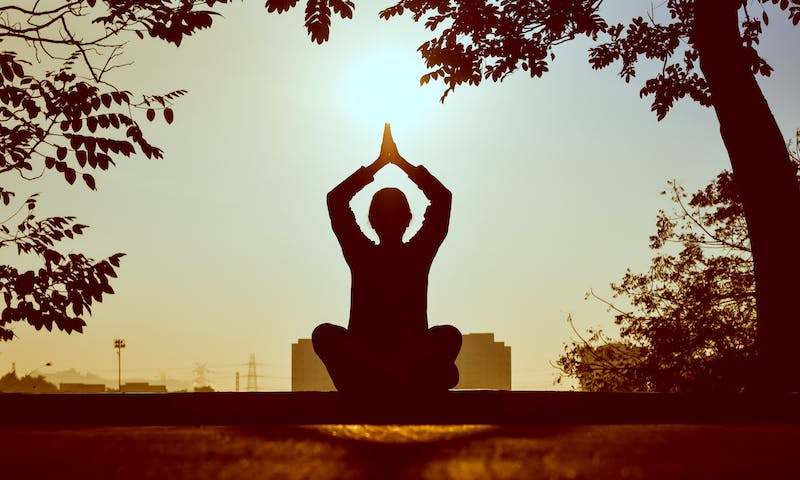
Rushing from one activity to the next results in an activity but mediocre performance. You may re-establish your connection to the present and flow by slowing down. Spending more time on a task will increase your understanding of it and the quality of the result. Most of our errors are the result of sloppiness rather than ignorance.
4. A five-minute breathing workout
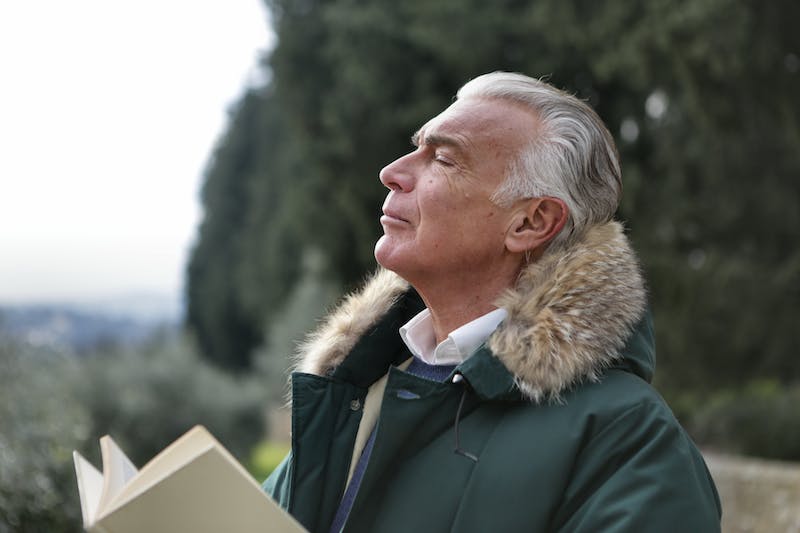
This workout is brief and simple. Say you can’t set aside five minutes for yourself, please. Living requires breathing, which is an essential action. It seems very clear, no? But what do we do when we’re worried? We either forget to breathe or don’t breathe as deeply and frequently as we ought to.
5. Body scanning

Those who practice mindfulness often perform this activity. Moreover, a favorite among newcomers. Being mindful necessitates paying attention to both our body and mind. Where do you experience pain and why do you feel it there? Your body keeps track of everything that occurs. When we have muscle knots, our minds are also tense. Do this exercise multiple times per day.
6. Close your eyes

The main source of distraction for us is our eyes, which cause us to lose focus and jump from one item to another. Sometimes, ceasing to see a distraction is the most effective method to get rid of it. It would be best to do this in a public area. Shut your eyes. Relax by taking a big breath.
7. Practice with tangerines
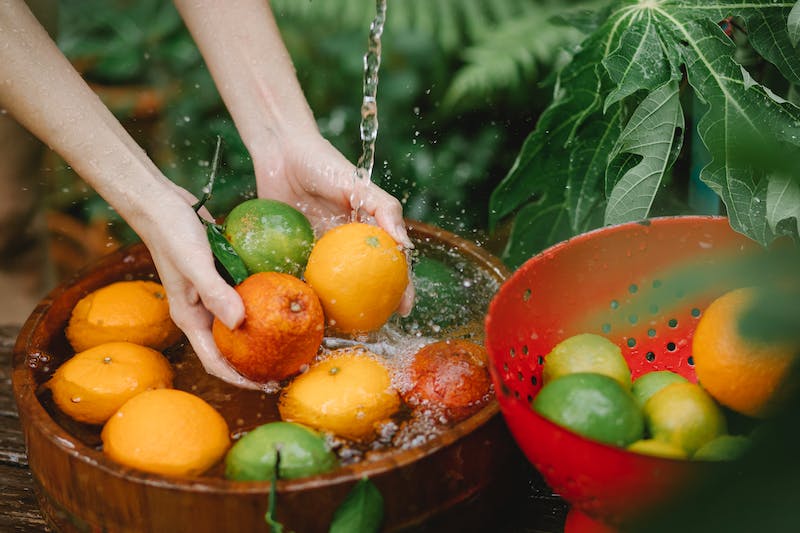
The purpose of this activity is to strengthen our ability to pay attention to details. Use tomatoes, walnuts, or any other fruits of your preference to practice this. Tangerines are my favorite fruit because of their distinct texture and shape. A peek at the fruit will do. Take note of its shape. Feel it by putting your hand on it. Watch to see how your adjustment affects the pattern and the texture.
8. Recognize footfall

We stop seeing because we are looking too much. The skill of deciphering the ambiguous clues left by individuals or animals is called tracking. Once you get used to it, it’s a fun and instructive activity. This exercise’s goal is to make you aware of the tracks while also attempting to comprehend what went by.
9. Do your duties while meditating

With mindfulness, you might learn to take pleasure in what you are doing in addition to simply observing it. Everybody despises doing housework. But the more we put off doing anything, the more difficult it becomes. Pick a task that you want to master or one that you perform frequently but detest. Set up the scenario and take away any obstacles or distractions to prepare.
10. The present-day window

We get to glimpse what was nearby but was not present. Locate a window. Watch everything you come across. Start by concentrating on items that are nearby, then gradually shift your attention to things that are farther away. Do not categorize or judge anything. Don’t reference things; neglect the issue.
11. Observant listening
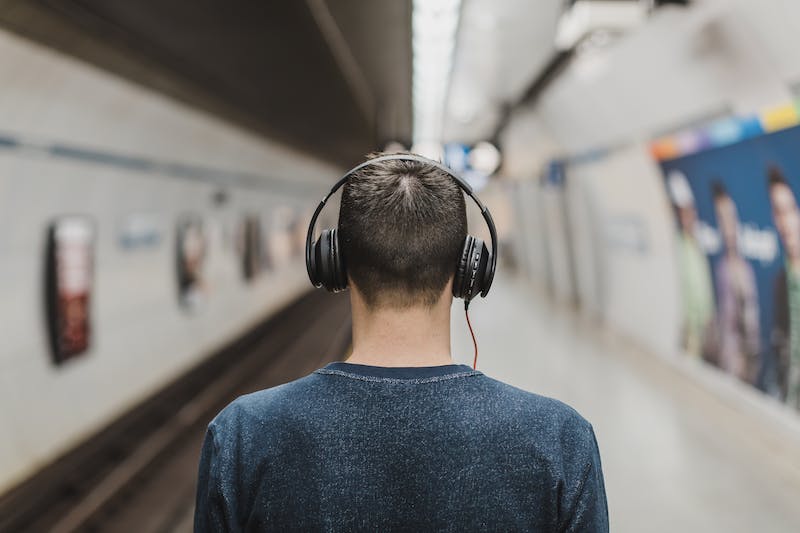
This activity calls for a moderator in a group environment. All participants are paired. Each person tells their companion a personal experience or narrative. Three minutes are the same for everyone. Then they change places. The moderator instructs participants to tell their partner the tale they just told them, using as much of the other person’s exact words as possible.
12. Identify your feelings

We constantly go through emotions. We don’t always pay attention to our feelings. Others experience our overreaction without us being aware of the cause. You will become more familiar with your emotions with this activity. Learn to describe your feelings as they arise. Focus on your feelings while closing your eyes. Identify them without criticizing them.
13. Sincere thanks

Imagining the future and anticipating what will happen rather than embracing the here and now is one of our main sources of unhappiness. We fail to pay heed when our problems dominate our thoughts. It takes awareness of everything that occurs in our lives to be appreciative. We are hardwired to think negatively. Daily thankfulness exercises help us stay in the moment, which boosts happiness.
14. Conscious eating

Your body uses food for much more than just fuel. It’s a sensory encounter that may be both enjoyable and illuminating. The majority of childhood obesity is anything but thoughtful; rather than appreciating food, we engage in compulsive activity. Realizing the reason you are eating is an important part of mindful eating in addition to enjoying the meal.
15. Observant drinking

We often drink quickly, just like we do everything else. In addition to drinking more than we intended, we also fail to fully appreciate our food. In England, there is a huge trend that advocates complete purification. Non-alcoholic beverages are becoming more popular, which has reduced young people’s alcohol intake. You could still drink thoughtfully even if you like to do so.
16. Organize your workstation.

An unkempt workstation reflects an unorganized mind. However, there are more cleaning-related considerations. You appreciate your work better when you approach it mindfully. Make cleaning and tidying your workplace a conscious activity. Instead of seeing it as a chore, consider it as creating the ideal environment for your best work.
17. Listen to the music
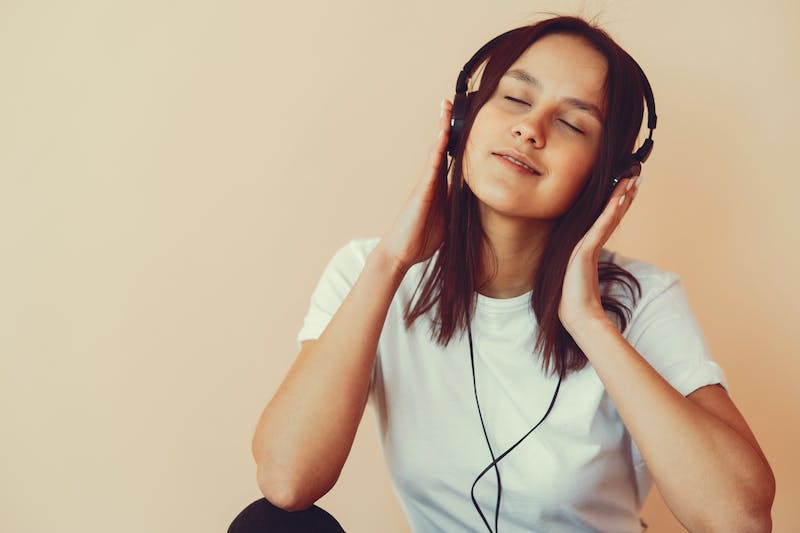
We all adore listening to music. In addition to calming us down, hearing music has been shown to alter brain chemistry, enhancing memory and comprehension. However, the musical becomes random noise and we are not listening intently to it. Train yourself to listen to music. Pick any song and give it a careful listen. Make an effort to recognize every one of them. Now pick one and concentrate on it.
18. Hushed gathering
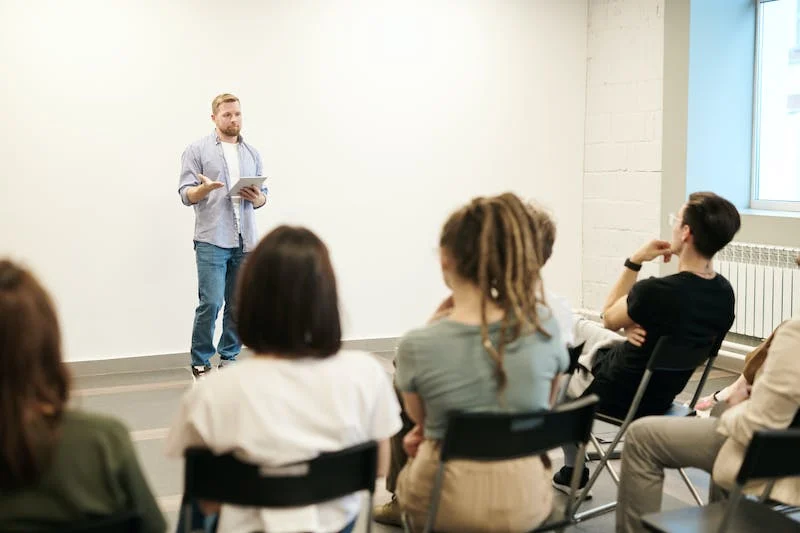
We have an ambivalent feeling about meetings. Most CEOs attend conferences for 25–30% of their business hours. We typically don’t pay focus on what others are doing or talking about, so it’s not the amount of time that’s the issue. Keep your mouth shut the next time. Prioritize listening over speaking out.
19. Body elongation
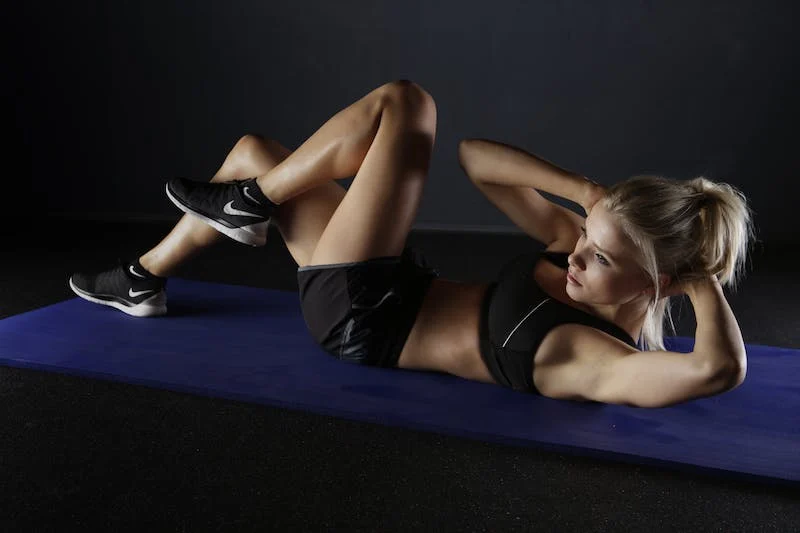
Sitting at a workstation all day is bad for your health because we develop habits that make us feel strained and inflexible. Frequent yoga improves balance, helps ease tension, and relieves bodily aches while also increasing flexibility. Insufficient flexibility can hasten the process of losing mobility as well as injure your body. Additionally, there is a clear link between our mental and physical flexibility. Your body and mind both flex as you stretch them.
20. Pause your device
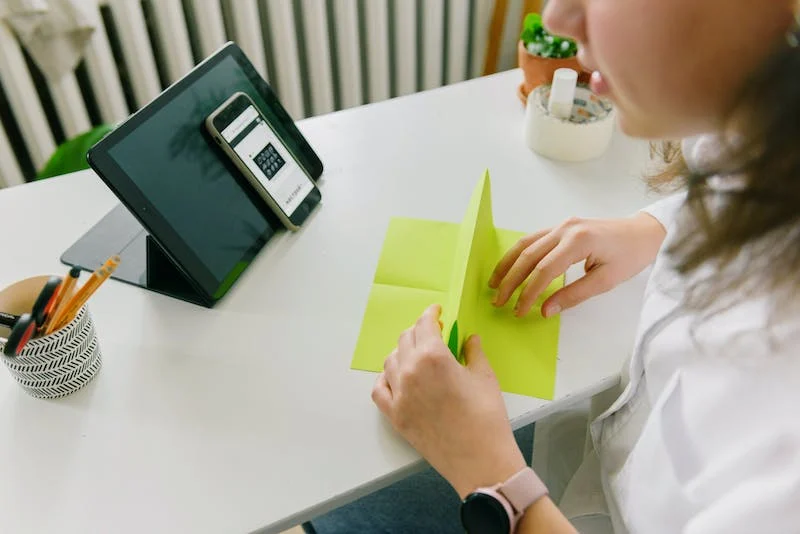
Our natural reaction when feeling overwhelmed is to turn to our technology for solace. However, this pointless cure only serves to increase our tension and distraction. The absence of a connection to the current moment causes the mind to wander. Our attention is split and not on a single thing.
21. Walking introspection

Most people think of meditation as something done while seated and at ease. But you may also move about and meditate. Practicing “meditation on the go” is as easy as taking a walk while introspecting. Walking is a good habit since it improves balance, burns calories, and lowers body fat. It also helps to settle your thoughts to be able to use all of your senses. That is the main goal of a walking meditation.
overview
The quest to become more attentive is never-ending. starting point Begin modestly. Many of these exercises may seem odd at first, but consistent practice will help you break bad habits. Give these a shot and let me know how you get on. Which one is your favorite? Which was the most challenging? How do you regularly engage in mindfulness?
